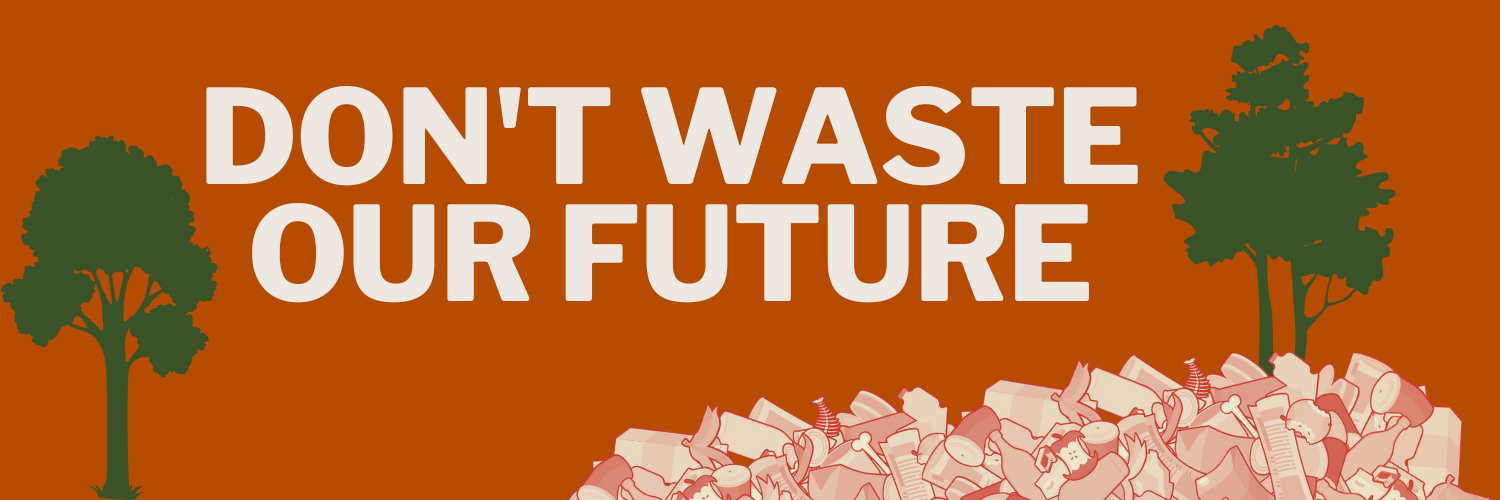Waste dashboard: illinois
Landfills across the country are causing massive amounts of global warming through methane -- and Illinois is the eighth-largest emitter of landfill methane in the country. Becuase methane is about 80 times more potent than carbon dioxide in the short-term, science tells us that drastically reducing methane is the most impactful action we can take now to slow climate change – and as the third-largest source of industrial methane emissions, landfills are a clear next step. Reducing methane emissions from landfills is possible, through a combination of waste prevention programs, organics diversion policies, and stronger landfill emissions regulations. Together, we can keep trash out of landfills and slash planet-warming emissions, but we need federal regulators to raise the bar.

Industrious Labs’ analysis is based on the following data sources:
U.S. EPA Greenhouse Gas Reporting Program (GHGRP) 2022: Facilities emitting over 25,000 metric tons of CO2-equivalent/year. Industrial sectors included: Chemical Manufacturing, Food Processing, Metals, Minerals, Mining, Other Manufacturing, Petroleum and Natural Gas Systems, Petroleum Refineries, Pulp and Paper, and Waste.
U.S. EPA Landfill Methane Outreach Program (LMOP) (July 2023)
U.S. EPA GHG Equivalency calculator
*MT = metric tons
“ROCKFORD, Ill. (WIFR) - A growing number of people are joining a Chicago attorney to take legal action, over a pungent odor coming from the Winnebago Landfill near New Milford. The issue was brought to light back in October of 2019, and neighbors say it’s affected everything from property values, to overall health.
“A lot of people have complained about sicknesses and throwing up,” said David DeBlauw, a New Milford resident who lives by the landfill. DeBlauw says while living by the landfill makes him no stranger to smelly situations, the dump site’s consistent odor, doesn’t get any better as he gets older. “It’s noxious, like a rotten egg smell.”
-23WIFR, December 1, 2022
“Illinois has a long history of championing recycling and composting programs, but it has a long way to go. We generate approximately 19 million tons of garbage a year, which is 23% more waste per capita than the average state in the U.S. Sadly, only 37% of this waste material is ever recycled.”
The Environmental Protection Agency (EPA) has "been understating methane emissions from landfills by a factor of two," said Susan Thorneloe, a senior chemical engineer at the EPA who has worked on the agency's methane estimation methods since the 1980s.
Part of the problem may be that the EPA's methods for estimating landfill methane emissions are outdated and flawed, Thornloe said. Thorneloe helped craft the current estimate method, and she said it "was developed over 30 years ago using empirical data for about 40 landfills.”
Citing new research out of California, she has come to believe the agency underestimates emissions.” - NPR , July 13, 2021.




